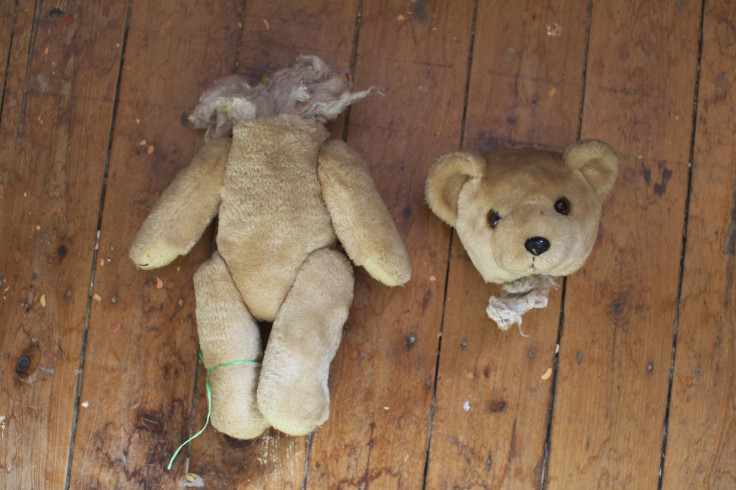Whole Body Transplantation In Just Two Years

Drafting a living person’s head on to a donor’s body is just two years away, says Dr. Sergio Canavero of Turin, Italy. Corneal and organ transplantations have become common these days, whereas transplanting a living person’s head on to a dead donor is a novel procedure that not many people would have even dreamt of.
Canaver, who has been claiming for years that whole body transplantation is plausible, has told the New Scientist magazine that body transplantation would be of great help to people ailing from terminal diseases. He also said that he wouldn’t do it if society doesn’t want it; at the same time, if people in the US or UK do not want it, that doesn’t mean that it wouldn’t be done elsewhere. He also added that he is about to do it in a right way because he felt before going to the moon, it is important to see there are people to follow, said The Guardian UK .
Canavero said that the real stumbling block of the body transplantation issue is ethics. He said that if a question is raised on the necessity of this transplantation, there would be many people to disagree with it.
Many scientists and surgeons believe that body transplantation is quite a difficult task as no one knows how to reconnect the spinal nerves and make them function. If it was known, it would have been possible to make people with spinal injuries walk again.
Canavero explained that the head of the patient and the body of the donor would first be cooled to avoid cell death during surgery. Then an exceptionally sharp knife would be used to cut the neck, the blood vessels must be linked up with thin tubes and the spinal cord to minimise the nerve damage, he added.
Upon transferring the recipient’s head to the donor’s body, spinal cord nerves that allow the recipient’s brain to talk to the donor’s body could be fused using polyethylene glycol. The patient would then be kept in coma to avoid body movements for weeks after which the recipient would be able to speak and feel the face. Physiotherapy for about a year would help the patient move, believes Canavero.
Harry Goldsmith, professor of neurological surgery at the University of California, Davis, told the magazine that the project is overwhelming and is unlikely to happen.
To report problems or to leave feedback about this article, e-mail: saranya@ibtimes.com.au





















